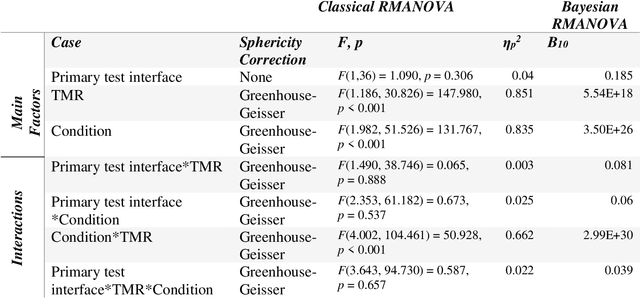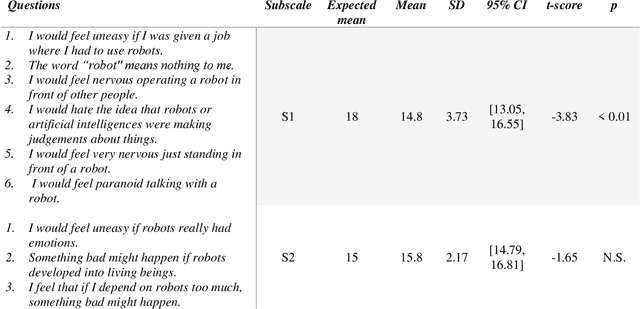Deniz Baskent
Evaluating Speech-in-Speech Perception via a Humanoid Robot
Dec 19, 2023



Abstract:Underlying mechanisms of speech perception masked by background speakers, a common daily listening condition, are often investigated using various and lengthy psychophysical tests. The presence of a social agent, such as an interactive humanoid NAO robot, may help maintain engagement and attention. However, such robots potentially have limited sound quality or processing speed. As a first step towards the use of NAO in psychophysical testing of speech-in-speech perception, we compared normal-hearing young adults' performance when using the standard computer interface to that when using a NAO robot to introduce the test and present all corresponding stimuli. Target sentences were presented with colour and number keywords in the presence of competing masker speech at varying target-to-masker ratios. Sentences were produced by the same speaker, but voice differences between the target and masker were introduced using speech synthesis methods. To assess test performance, speech intelligibility and data collection duration were compared between the computer and NAO setups. Human-robot interaction was assessed using the Negative Attitude Towards Robot Scale (NARS) and quantification of behavioural cues (backchannels). Speech intelligibility results showed functional similarity between the computer and NAO setups. Data collection durations were longer when using NAO. NARS results showed participants had a more positive attitude toward robots prior to their interaction with NAO. The presence of more positive backchannels when using NAO suggest higher engagement with the robot in comparison to the computer. Overall, the study presents the potential of the NAO for presentingspeech materials and collecting psychophysical measurements for speech-in-speech perception.
Automated speech audiometry: Can it work using open-source pre-trained Kaldi-NL automatic speech recognition?
Dec 19, 2023



Abstract:A practical speech audiometry tool is the digits-in-noise (DIN) test for hearing screening of populations of varying ages and hearing status. The test is usually conducted by a human supervisor (e.g., clinician), who scores the responses spoken by the listener, or online, where a software scores the responses entered by the listener. The test has 24 digit-triplets presented in an adaptive staircase procedure, resulting in a speech reception threshold (SRT). We propose an alternative automated DIN test setup that can evaluate spoken responses whilst conducted without a human supervisor, using the open-source automatic speech recognition toolkit, Kaldi-NL. Thirty self-reported normal-hearing Dutch adults (19-64 years) completed one DIN+Kaldi-NL test. Their spoken responses were recorded, and used for evaluating the transcript of decoded responses by Kaldi-NL. Study 1 evaluated the Kaldi-NL performance through its word error rate (WER), percentage of summed decoding errors regarding only digits found in the transcript compared to the total number of digits present in the spoken responses. Average WER across participants was 5.0% (range 0 - 48%, SD = 8.8%), with average decoding errors in three triplets per participant. Study 2 analysed the effect that triplets with decoding errors from Kaldi-NL had on the DIN test output (SRT), using bootstrapping simulations. Previous research indicated 0.70 dB as the typical within-subject SRT variability for normal-hearing adults. Study 2 showed that up to four triplets with decoding errors produce SRT variations within this range, suggesting that our proposed setup could be feasible for clinical applications.
 Add to Chrome
Add to Chrome Add to Firefox
Add to Firefox Add to Edge
Add to Edge